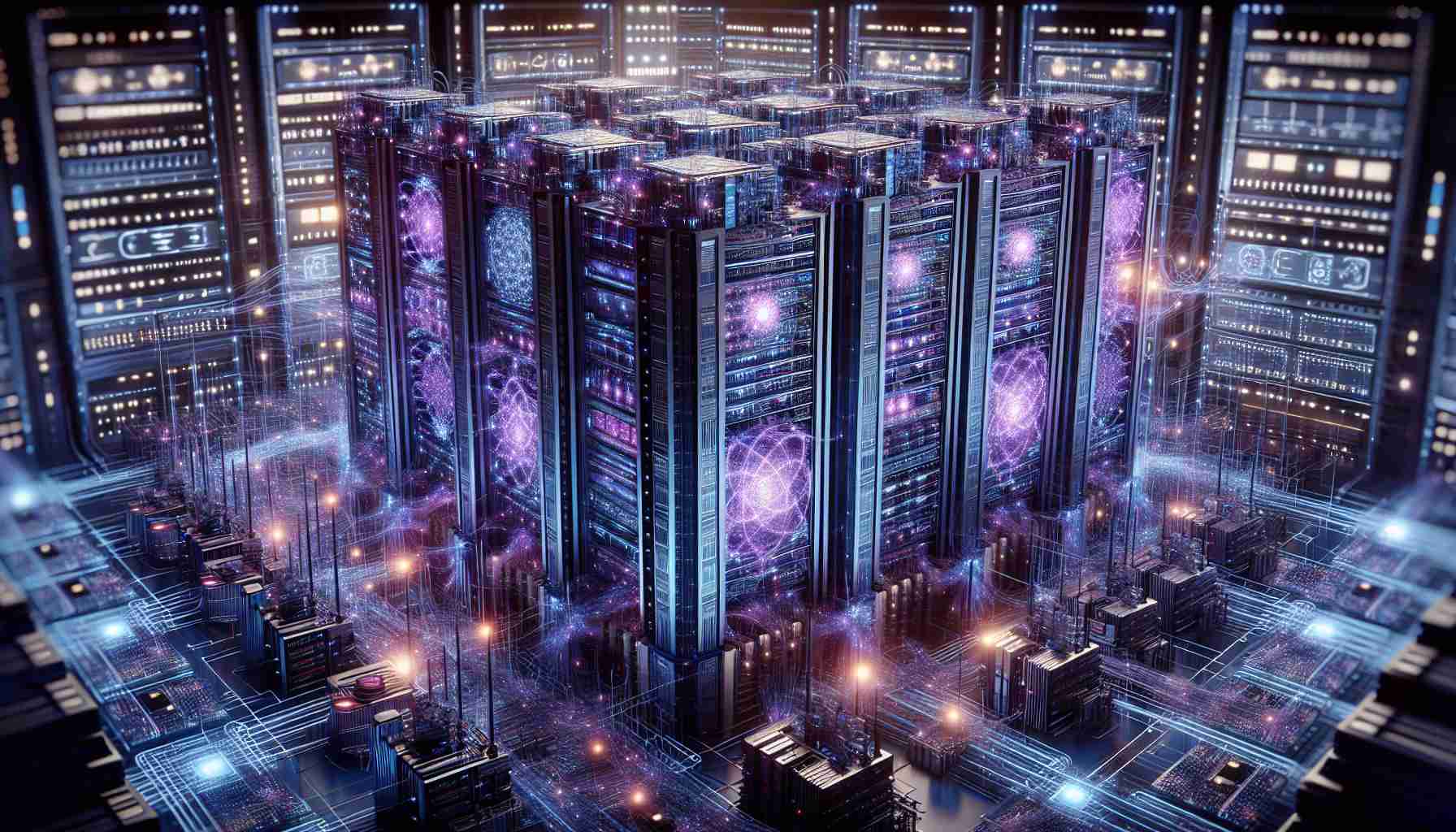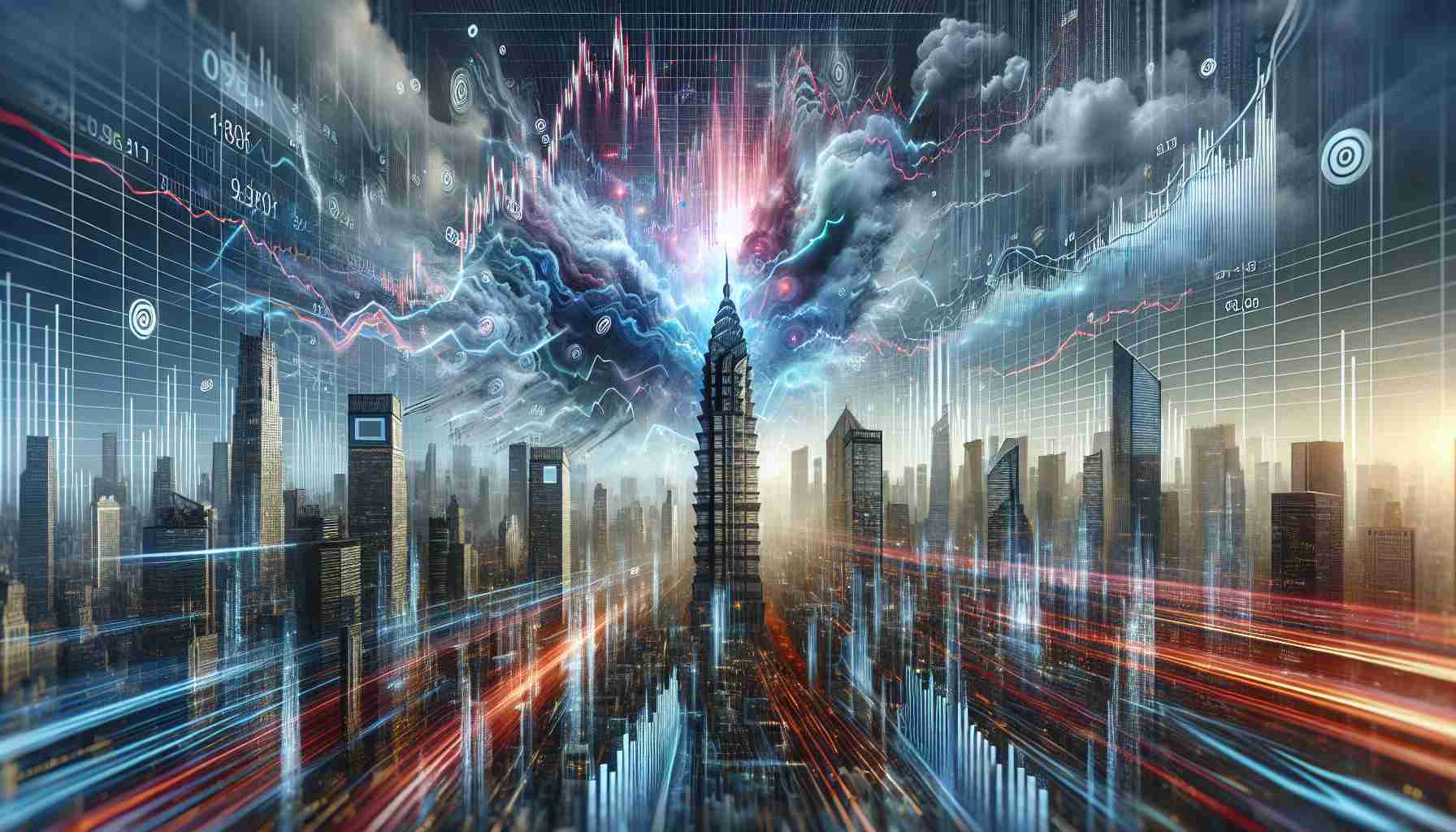Artificial intelligence has made significant strides in various fields, including literature and the arts. While AI has proven beneficial in scientific and medical research, its application in creative endeavors such as literature and art remains a subject of exploration.
Unlike its success in aiding drug discovery with remarkable efficiency, AI’s foray into generating literary works has been met with mixed results. The attempt to create literary or artistic pieces through artificial intelligence programs varies in success, influenced by factors unique to each creative domain.
In the realm of literature, AI programs like “ChatGPT” and “Copilot” have been tested for generating short stories or poems. However, the outputs often lack depth, emotion, and the distinctiveness associated with human creativity. These programs tend to replicate existing patterns from past literary works, failing to capture the essence of true creativity, which thrives on innovation and originality.
While AI may recognize feedback on its shortcomings in producing literary works, the future remains open to possibilities. This evaluation reflects the current capabilities of AI programs, emphasizing the need to continue observing and contemplating the evolution of AI in creative endeavors.
Artificial intelligence (AI) continues to impact literary creations in ways that spark both fascination and debate among creators and audiences alike. With advancements in technology, the role of AI in shaping the landscape of literature has become increasingly prominent, raising important questions about the nature of creativity and authorship.
One key question that emerges is whether AI has the capacity to truly understand and evoke human emotions through literary works. While AI programs can generate text that follows grammatical rules and syntactic structures, the ability to convey nuanced emotions and establish a deep connection with readers remains a significant challenge.
Another crucial consideration is the ethical dimension of using AI in literature. As AI programs become more adept at simulating human-like writing styles, questions arise regarding intellectual property rights, ownership of generated content, and the distinction between art created by humans and by machines.
Advantages of incorporating AI in literary creations include the potential for generating vast amounts of content rapidly, assisting writers in overcoming creative blocks, and exploring new narrative possibilities that may not have been considered otherwise. Additionally, AI can offer valuable insights into literary trends and patterns, providing writers with data-driven guidance for their work.
On the flip side, one of the key disadvantages is the risk of homogenizing literary output, as AI-generated works may lack the unique voice and perspective that individual human authors bring to their creations. There is also the concern that reliance on AI for creative tasks could diminish the value placed on human creativity and craftsmanship in the realm of literature.
In navigating the intersection of AI and literary creations, it is essential to consider how these technologies can complement human creativity rather than replace it entirely. By harnessing AI as a tool for inspiration, collaboration, and experimentation, writers can leverage its capabilities while preserving the essence of human expression in their works.
As the field of AI in literature continues to evolve, it is crucial for creators, scholars, and audiences to engage in ongoing discussions about the impact of these technologies on artistic expression, storytelling traditions, and the broader cultural landscape. By critically examining the implications of AI in literature, we can navigate the challenges and controversies that arise with thoughtful consideration and creativity.
Suggested related links: OpenAI, MIT Technology Review






















